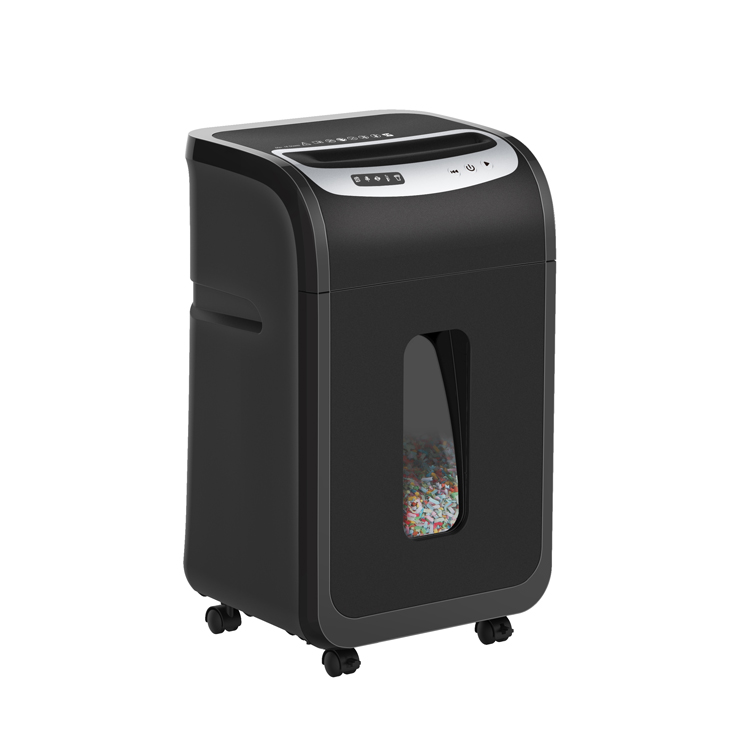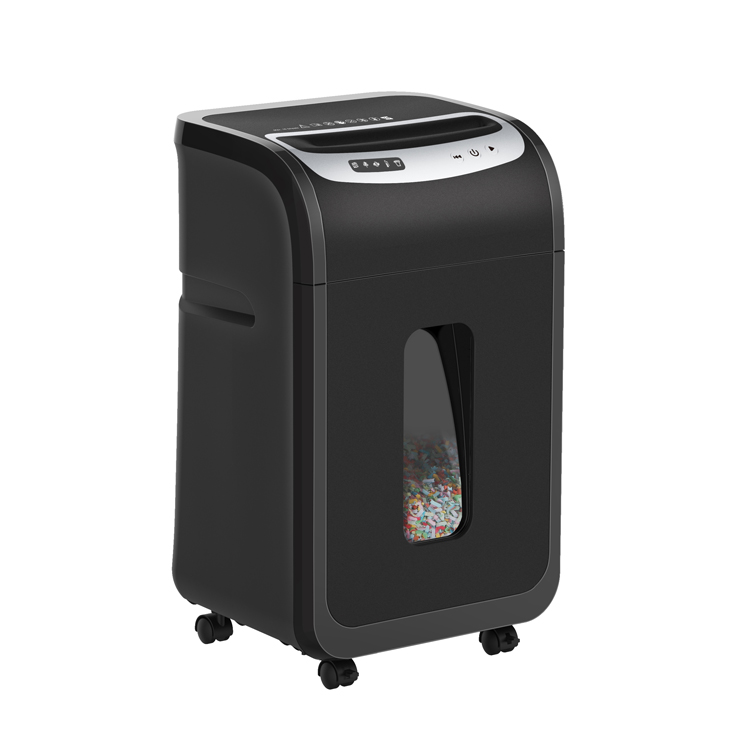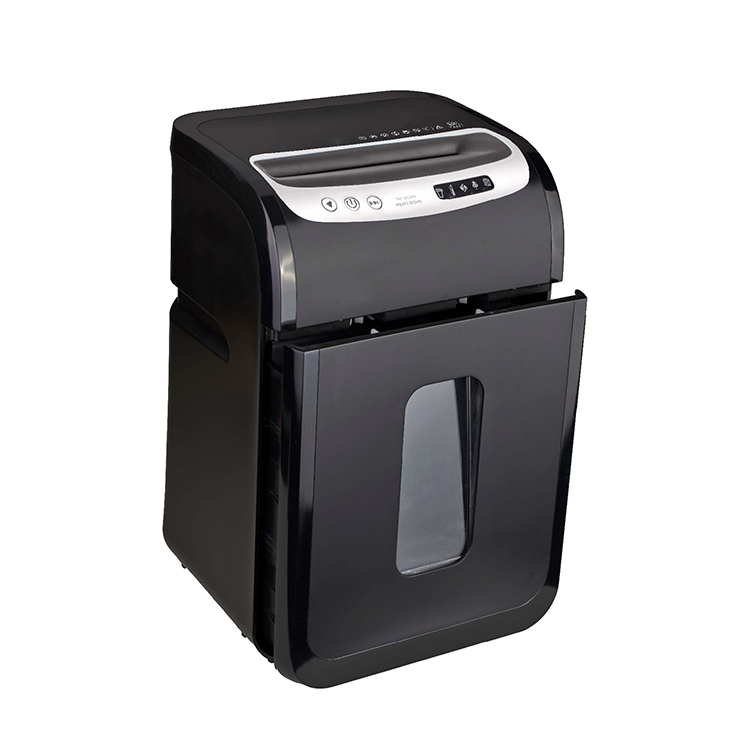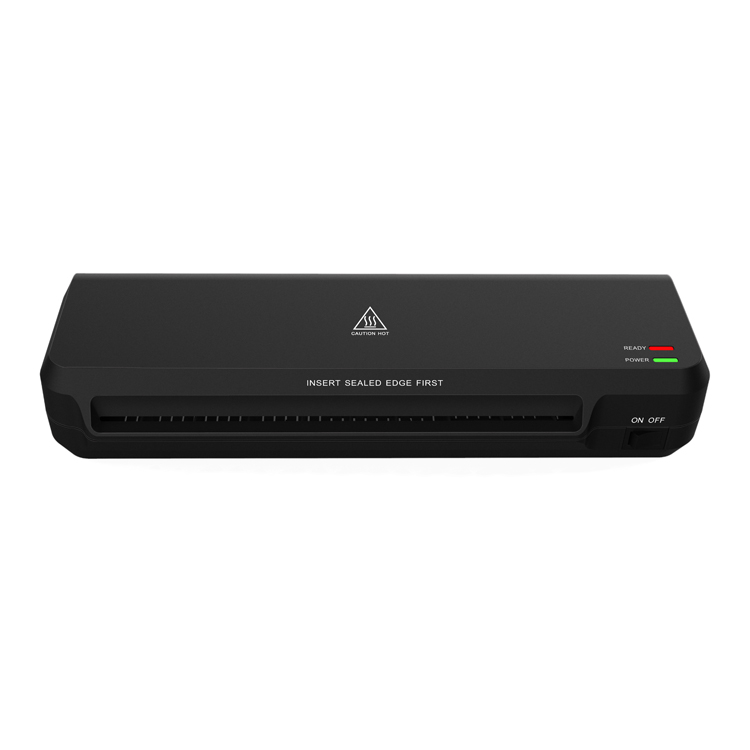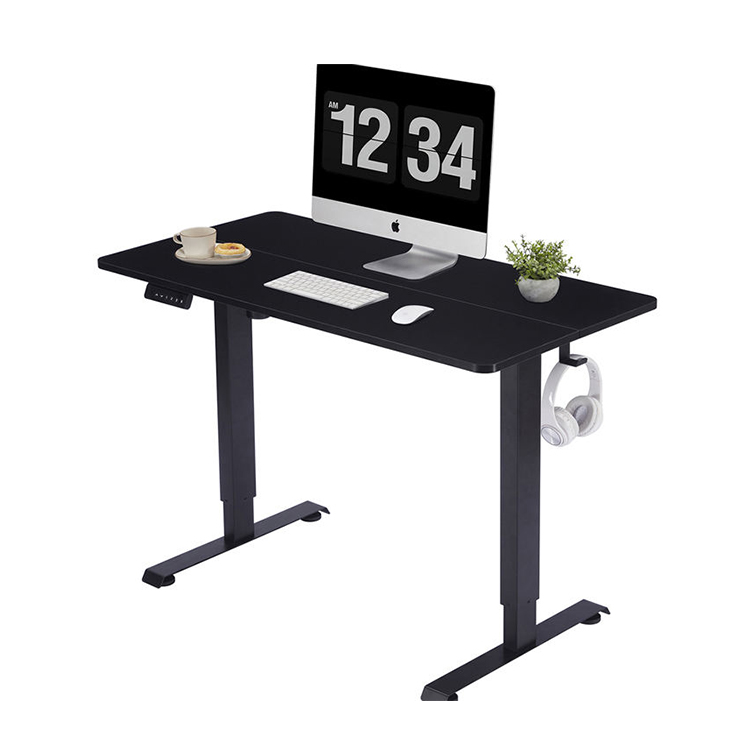Is a Standing Desk worth investing in? Is it cost-effective?
1️⃣ The Health Benefits of a Standing Desk
Reduce Back Pain and Improve Posture
Using a standing desk can significantly reduce back and neck pain caused by prolonged sitting. Studies show that alternating between sitting and standing during work can improve posture and decrease musculoskeletal discomfort. For optimal results, experts recommend standing for 30–60 minutes at a time, then sitting for short periods.
Boost Daily Activity and Circulation
Standing desks increase your daily movement, helping improve blood circulation and heart health. Even small movements, like shifting weight or light stretching while standing, can contribute to better overall wellness. While not a replacement for exercise, standing during work is far healthier than sitting all day.
Key Tips for First-Time Users
New users should avoid standing for extended periods. Using an anti-fatigue mat and adjusting desk height properly can prevent leg fatigue and discomfort. Maintain a natural stance with feet shoulder-width apart and knees slightly bent to ensure ergonomic alignment.
2️⃣ How Standing Desks Improve Work Productivity
Enhancing Focus and Energy
Many workers find that standing helps them stay alert and focused, reducing afternoon fatigue. The change in posture provides subtle stimulation for the brain, making it easier to concentrate on tasks.
Facilitating Collaboration
Standing desks also improve team interaction during meetings. Being upright encourages more active participation and faster decision-making, making collaborative work more efficient.
Psychological Benefits
Switching between sitting and standing can make users feel more energized and motivated, which positively impacts overall work performance and satisfaction.
3️⃣ Cost, Lifespan, and Value
Price Range of Standing Desks
Standing desks vary widely in price depending on features and brand. Below is a quick overview:
| Type | Price Range | Features |
|---|---|---|
| Budget Manual or Basic Electric | $150–$300 | Manual height adjustment, basic design, suitable for home office beginners |
| Mid-Range Electric | $300–$500 | Electric lifting, quiet motor, memory height function |
| High-End Electric | $500–$800+ | Premium motor, multi-point height memory, durable, with ergonomic accessories |
Long-Term Value
High-quality desks can last 5–10 years. Considering daily use, the annual cost is reasonable. The health benefits and productivity improvements make the investment cost-effective in the long term.
4️⃣ Essential Accessories and Ergonomic Considerations
Anti-Fatigue Mats
Using an anti-fatigue mat can reduce pressure on your feet and legs during long periods of standing, increasing comfort and safety.
Adjustable Monitor Stands
Proper monitor height helps reduce neck strain and ensures ergonomic alignment while standing.
Cable Management and Desk Organization
Keeping your desk organized and managing cables effectively creates a more productive workspace, enhancing both comfort and efficiency.
5️⃣ Is a Standing Desk Worth It?
Who Benefits Most
Office workers, remote employees, programmers, writers, and designers who spend long hours sitting are the primary beneficiaries of a standing desk, as it helps reduce health risks associated with sedentary work.
Reasons to Invest
- Health Benefits: Reduces back and neck pain and encourages movement
- Improved Productivity: Enhances focus, energy, and collaboration
- Long-Term Value: Durable and cost-effective when used daily
Tips for Maximizing Benefits
Choose a desk that fits your space, budget, and ergonomic needs. Alternate between sitting and standing, use accessories like anti-fatigue mats, and maintain proper posture to get the most out of your standing desk.

 English
English русский
русский Español
Español Deutsch
Deutsch عربى
عربى
 0
0

